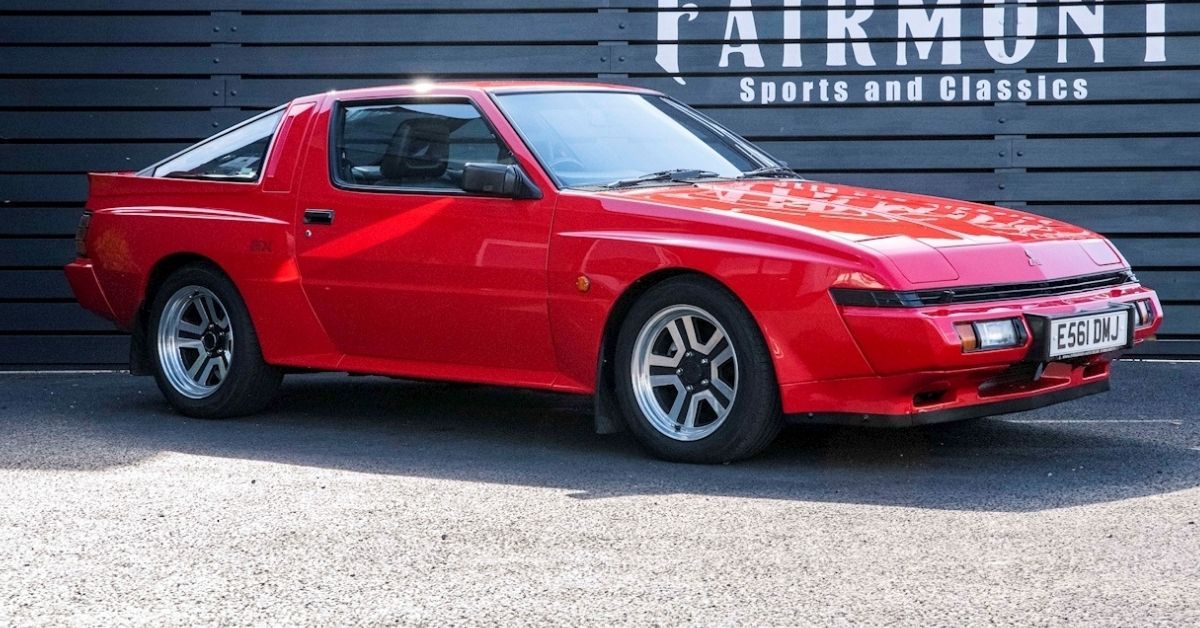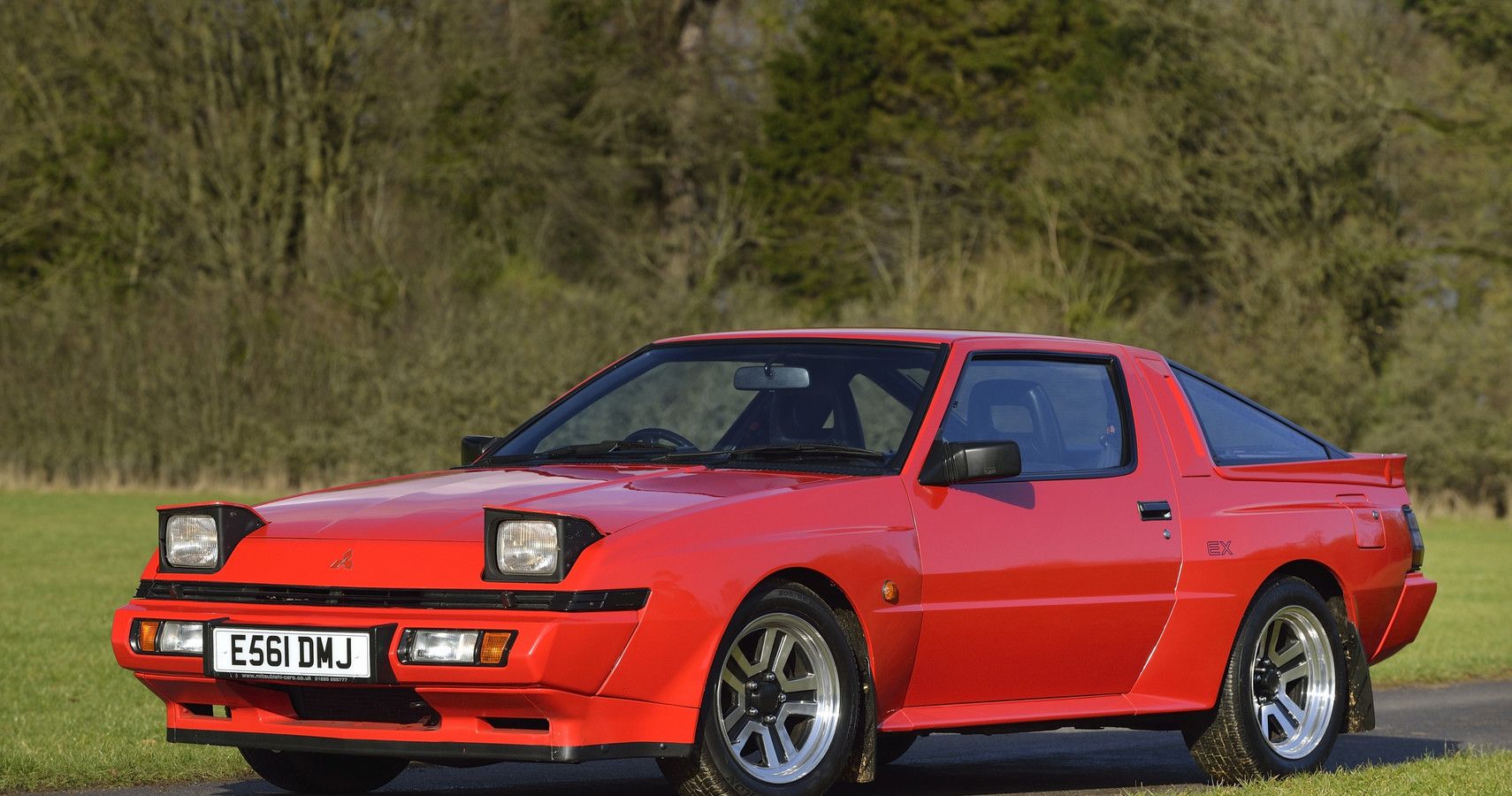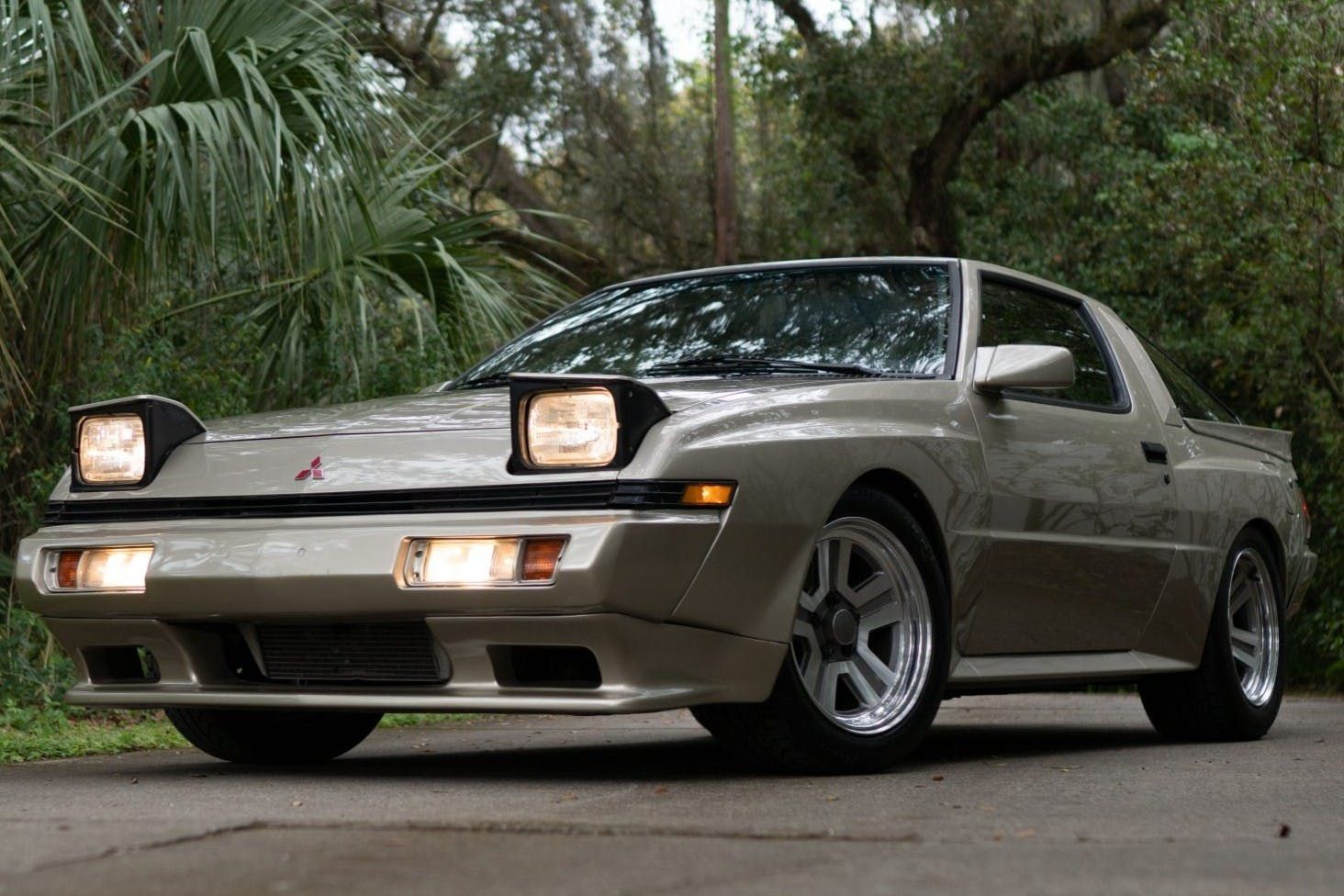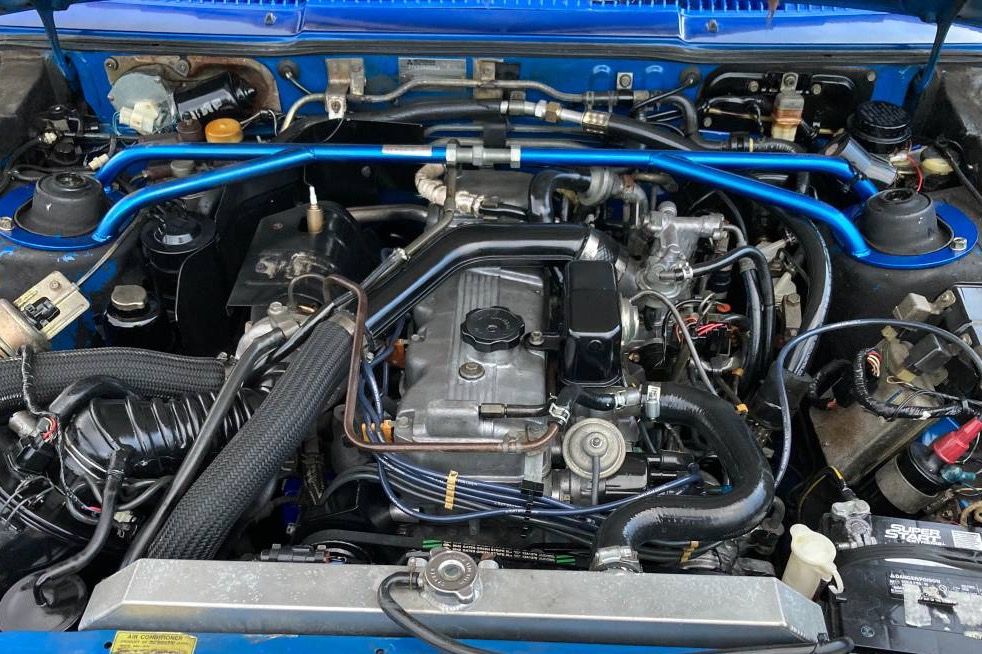Japanese car manufacturer, Mitsubishi, has a history of bringing top-quality cars to our roads. That's not all, though, and Mitsubishi has a need for speed.
It has a wonderful collection of sports cars in its back catalog, dating all the way back to the 1970s and the iconic Lancer 1600 GSR. Modern-day classics include the Lancer Evolution X, Pajero, GTO, and Eclipse. Then there is the Colt which has been a regular part of the Mitsubishi lineup since 1962.
Mitsubishi enjoys a fine legacy as a sports car manufacturer largely thanks to its success on the rally and hill climb circuit. We are casting our eyes back to the ultimate era of excess, the 1980s, to discover which of Mitsubishi's vehicles ranks as its best sports car of the decade.
Let's take a closer look at the Mitsubishi Starion, the undisputed king of the 1980s Mitsubishi sports cars.
The Starion Is The Best Mitsubishi Sports Car Of The 1980s
Although we considered nominating the 1980 Colt Lancer 2000 Turbo, the Starion takes the crown for sheer aggression and style. However, compared to some of its competitors, the Mitsubishi Starion didn't fare as well. It was competing against some timeless classics like the Toyota Supra and Mazda RX-7, to be fair, though.
Thanks to a 2.6-liter turbo-four, the Starion brought over 200 lb-ft of torque to the roads. While it wasn't appreciated by the masses, the Starion was ahead of its time. It was one of the first Japanese production cars to come with computer-controlled turbocharging and fuel injection.
Then there is its style. Mitsubishi's Starion belongs in the '80s thanks to its boxy styling and long hood. It certainly caught the eye when it roared down the road, and it even managed to make a starring appearance in one of Hollywood's big-budget releases.
The car featured as one of the most prominent vehicles in the 1984 adventure movie "Cannonball Run II." Mitsubishi ventured onto the rally during the mid-1980s with the Starion as one of its main competitors. It won events around the world, including in Japan, the UK, and the USA.
Mitsubishi Starion Production History
Mitsubishi waited until 1982 to enter the U.S. market under its own name, bringing the Starion to the masses as one of its first vehicles. The Starion was built to rival some of the most popular Japanese sports cars of the time, with the likes of the Toyota Supra, Mazda RX-7, and Nissan Z-Cars.
Things got really exciting for the Starion in 1986 when it received an intimidatingly wide body kit and intercooler. This rear-wheel-drive grand tourer was boosted to 188 hp, which was plenty of power to make it an exciting choice for any driver. Although it was from Japan, thanks to all that power going to the rear wheels, the Starion was similar to American muscle cars like the Mustang or Camaro.
However, despite its impressive credentials, the Starion struggled for traction within the American market. It has four seats, so there's room to share the experience with more than a solitary passenger.
They Are Cheap To Buy Today
Mitsubishi's Starion would also be sold as the Conquest by Chrysler, Dodge, and Plymouth. It became known as the car with two badges on the front, which might be why it has been overlooked for so many years. However, because the Starion was produced by multiple manufacturers, there are plenty around on the used car market.
These cars are amazingly cheap to get your hands on these days. Whether they are entirely practical for today's eco-conscious driving habits is another thing.
The Starion was produced in two different models toward the end of the 1980s, with narrowbody and widebody being the choice. Drivers opting for the narrowbody would get less power than the more aggressive widebody model.
Despite its retro appeal in today's market, the Starion was a hard sell for Mitsubishi back in the 1980s. The Japanese car manufacturer's proud history of cars that appeal to the masses was put to the test but Mitsubishi had a plan.
Mitsubishi decided to call a halt on the production of the Starion and replace it with the 3000 GT. The cheapness and availability of the Mitsubishi Starion in today's market make it a great entry-level JDM car.
Why The Mitsubishi Starion Is Fun to Drive
As the Starion is classed as a sports car, it needs to be fun to drive. Thankfully, Mitsubishi delivered on its '80s sports car thanks to the turbocharged four-cylinder SOHC engine.
For its time, the Starion was a thrilling ride capable of speeds up to 145 hp at 2,500 rpm. That performance was given a boost with the EX models, which increased the output to 180 hp with the addition of an intercooler.
The Starion provides an exciting challenge for even experienced drivers as after almost 30 years, the steering isn't as sharp as it once was. However, it is possible to correct this should you be looking to invest in one of Mitsubishi's classics.
One of the great appeals of the Starion, or most Japanese imports, is the customization options available to drivers. Many Starion fans have decked their cars out with aftermarket accessories to suit their own personal tastes and driving styles.
Fans of the JDM scene will be familiar with the Starion thanks to their ease of tuning and retro vibe. Stock engines in the Starion won't impress many modern drivers for their speed, but with a bit of fine-tuning, they can become monsters on the roads.




